 Today, we are releasing security updates for Icinga 2 and Icinga DB Web fixing multiple security issues. Two of them allow authenticated API users to learn restricted information or crash Icinga 2. On Icinga 2, a third issue affecting the provided scripts allows a limited privilege escalation where the Icinga 2 daemon user can trick root into sending signals to arbitrary processes. In a similar way to Icinga 2, Icinga DB Web also allowed restricted user accounts to guess internal variables using filters. Icinga 2 In addition to the security fixes described below, version v2.15.1 also includes bug fixes regarding config deployments and improvements to allow for better debugging of problems related to JSON-RPC cluster communication. For these additional changes, see the release page on Github. CVE-2025-61907 Authenticated, but unprivileged API users were able to access variables and objects inside filter expressions of any API endpoint, even if they don’t have the permissions to access these objects/variables. This allowed authenticated API users to learn information they aren’t allowed to access directly, for example custom variables on hosts or services. This also extends to the TicketSalt variable, which when leaked could be used by the attacker to add additional Icinga 2 […]
Today, we are releasing security updates for Icinga 2 and Icinga DB Web fixing multiple security issues. Two of them allow authenticated API users to learn restricted information or crash Icinga 2. On Icinga 2, a third issue affecting the provided scripts allows a limited privilege escalation where the Icinga 2 daemon user can trick root into sending signals to arbitrary processes. In a similar way to Icinga 2, Icinga DB Web also allowed restricted user accounts to guess internal variables using filters. Icinga 2 In addition to the security fixes described below, version v2.15.1 also includes bug fixes regarding config deployments and improvements to allow for better debugging of problems related to JSON-RPC cluster communication. For these additional changes, see the release page on Github. CVE-2025-61907 Authenticated, but unprivileged API users were able to access variables and objects inside filter expressions of any API endpoint, even if they don’t have the permissions to access these objects/variables. This allowed authenticated API users to learn information they aren’t allowed to access directly, for example custom variables on hosts or services. This also extends to the TicketSalt variable, which when leaked could be used by the attacker to add additional Icinga 2 […]
The post Releasing Icinga 2 v2.15.1, 2.14.7 and 2.13.13 and Icinga DB Web v1.2.3 and 1.1.4 appeared first on Icinga.
]]>
The post Nagios Alternatives: Why Icinga Is the Strongest Choice appeared first on Icinga.
]]>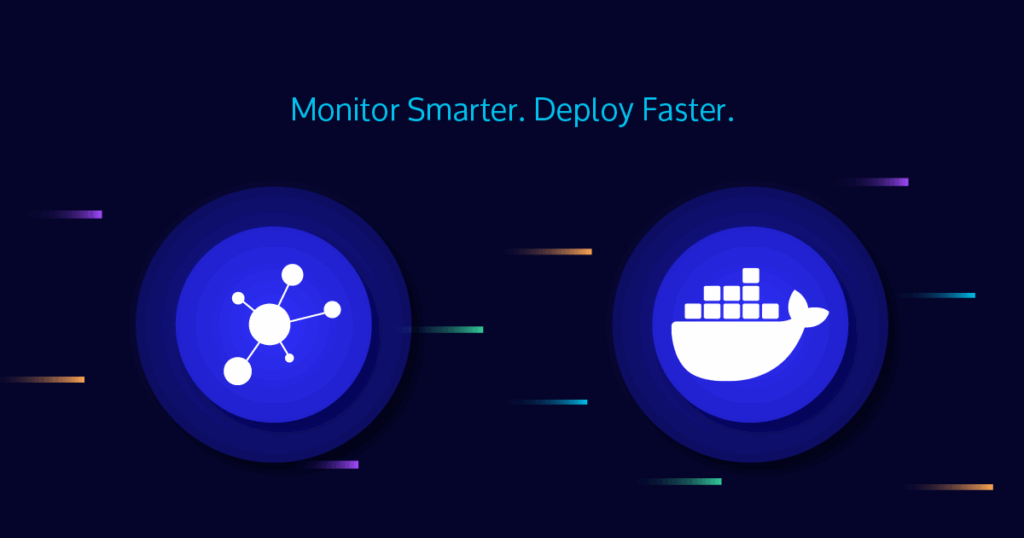 As some of you might have already noticed, we recently gave our official Icinga 2 container image builds a complete overhaul. These new images are currently available only as snapshot builds but will replace the existing stable images with the next Icinga 2 v2.16.0 release. In this blog post, we’ll walk you through the key changes and improvements that come with the new images, as well as the reasons behind these changes. We’ll also provide you with some guidance on how to use the new images effectively, including some important caveats to keep in mind when mounting volumes. So, without further ado, let’s dive right in! What’s New? The new Icinga 2 container images come with several significant changes and improvements. First and foremost, we’ll no longer use the extra docker-icinga2 repository for building the images. Instead, we’ve streamlined the build process to use a single Containerfile that is maintained directly within the main Icinga 2 repository. So, if you’re looking to contribute to the container images or have issues to report, you can now do so directly in the main Icinga 2 repository. Secondly, as now of this writing, we will not be publishing updated images for the master […]
As some of you might have already noticed, we recently gave our official Icinga 2 container image builds a complete overhaul. These new images are currently available only as snapshot builds but will replace the existing stable images with the next Icinga 2 v2.16.0 release. In this blog post, we’ll walk you through the key changes and improvements that come with the new images, as well as the reasons behind these changes. We’ll also provide you with some guidance on how to use the new images effectively, including some important caveats to keep in mind when mounting volumes. So, without further ado, let’s dive right in! What’s New? The new Icinga 2 container images come with several significant changes and improvements. First and foremost, we’ll no longer use the extra docker-icinga2 repository for building the images. Instead, we’ve streamlined the build process to use a single Containerfile that is maintained directly within the main Icinga 2 repository. So, if you’re looking to contribute to the container images or have issues to report, you can now do so directly in the main Icinga 2 repository. Secondly, as now of this writing, we will not be publishing updated images for the master […]
The post Enhanced Icinga 2 Container Images appeared first on Icinga.
]]>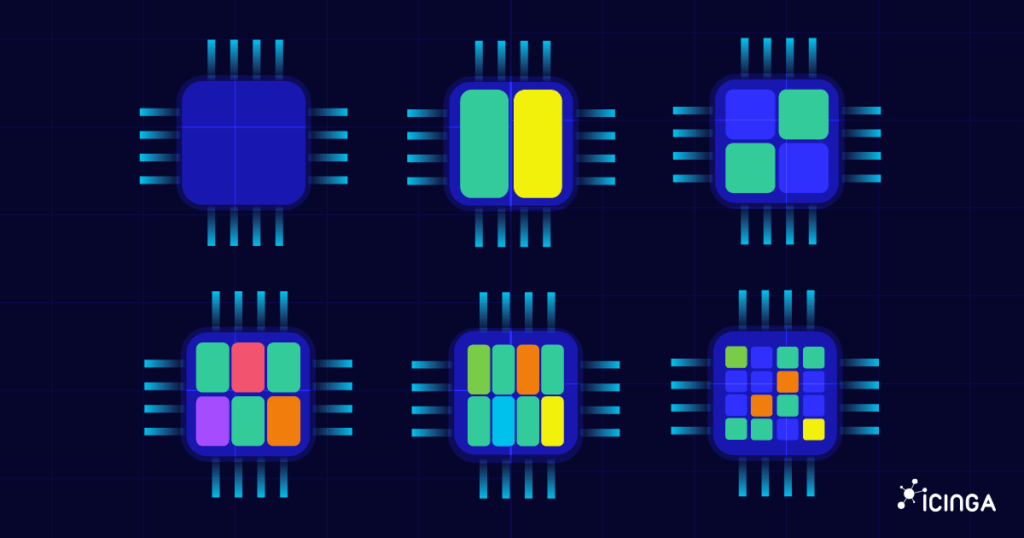
The post How to check CPU usage on Linux appeared first on Icinga.
]]>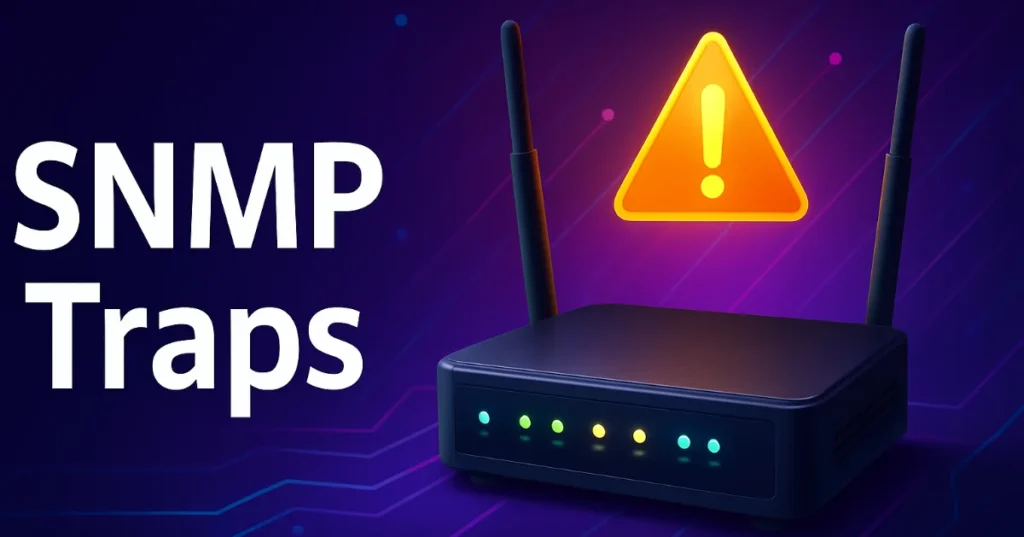
The post What is SNMP Trap: Real-Time Alerts for Network Monitoring appeared first on Icinga.
]]>
The post Icinga Experience: Insights from Real-World Icinga Deployments Across Industries appeared first on Icinga.
]]>The post Upgrade your monitoring lists with icon images appeared first on Icinga.
]]>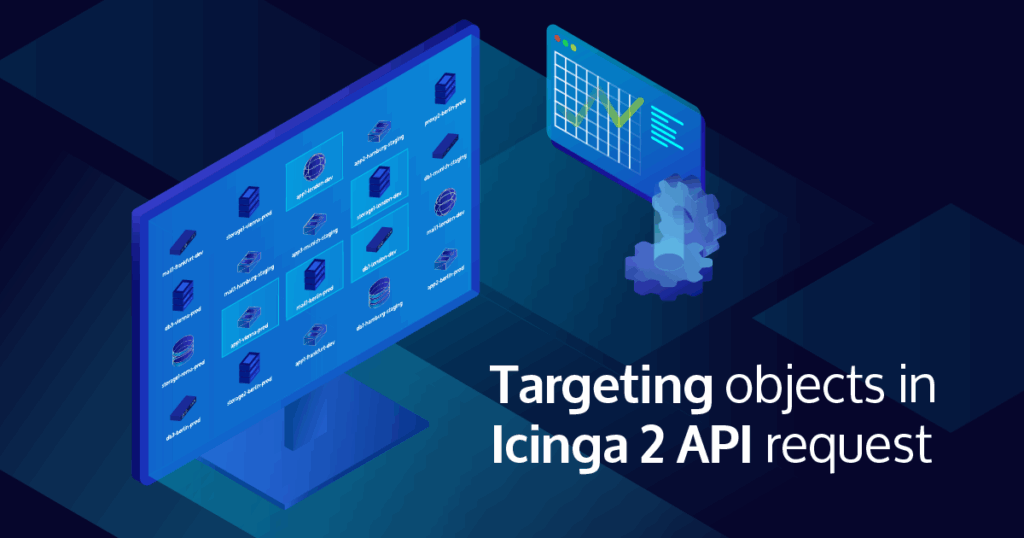 Today, we are going to take a look at the Icinga 2 API and the various ways targets can be specified for different actions, such as querying information or scheduling downtimes. This post focuses on the API request payloads themselves and assumes some familiarity with sending requests to the Icinga 2 API. Please refer to our documentation for the missing details if you want to try the requests yourself. In general, specifying the objects to which an action applies works the same way for all actions. The following examples will use the reschedule-check action, since the requests and responses are compact and serve as good examples. So all examples are HTTP POST requests to /v1/actions/reschedule-check. Single object by name Let’s start with probably the simplest example possible: we know the name of a particular host object and want to rerun its host check. To do so, we can simply give its name as the host parameter: JSON body and URL parameters As you might know, the parameters can be given both as part of a JSON body or as part of the URL query string. So sending a POST request to /v1/actions/reschedule-check?host=agent-1&pretty=1 with an empty body has the […]
Today, we are going to take a look at the Icinga 2 API and the various ways targets can be specified for different actions, such as querying information or scheduling downtimes. This post focuses on the API request payloads themselves and assumes some familiarity with sending requests to the Icinga 2 API. Please refer to our documentation for the missing details if you want to try the requests yourself. In general, specifying the objects to which an action applies works the same way for all actions. The following examples will use the reschedule-check action, since the requests and responses are compact and serve as good examples. So all examples are HTTP POST requests to /v1/actions/reschedule-check. Single object by name Let’s start with probably the simplest example possible: we know the name of a particular host object and want to rerun its host check. To do so, we can simply give its name as the host parameter: JSON body and URL parameters As you might know, the parameters can be given both as part of a JSON body or as part of the URL query string. So sending a POST request to /v1/actions/reschedule-check?host=agent-1&pretty=1 with an empty body has the […]
The post Targeting hosts and services in Icinga 2 API requests appeared first on Icinga.
]]>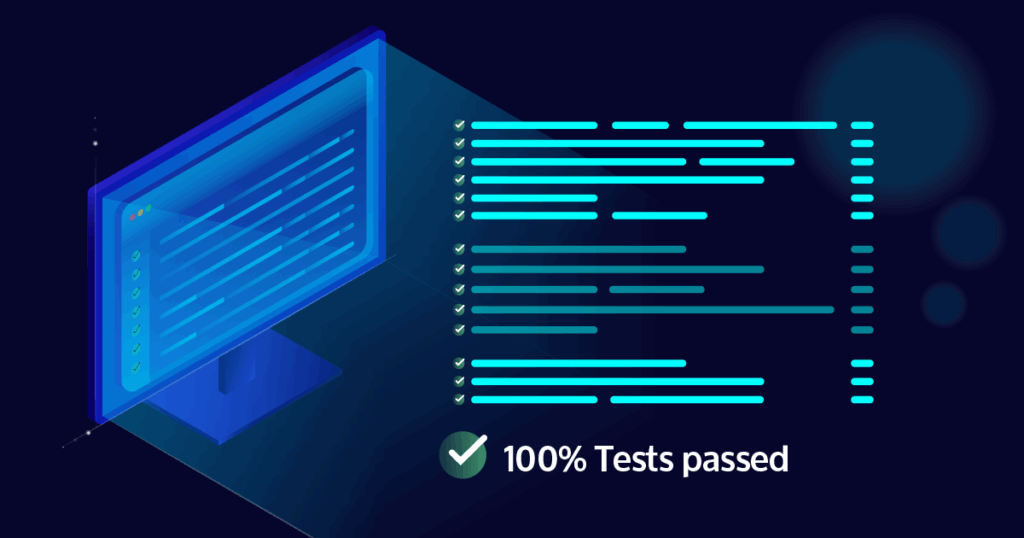 Unit-Testing is important Obviously nobody is disagreeing with this. It’s just that during ongoing development and while focusing on features and bug-fixes, testing often falls behind in priority, especially when developers would need to write tests for existing or legacy code, teams can be hesitant to invest the time. C++ applications have to run a diverse set up target environments, varying in OS, compilers, C/C++ standard libraries and dependency versions. This is true especially for icinga2, which also has to support Windows (to a degree), Mac OS (for internal development) and several enterprise Linux Distributions that ship older versions of dependencies like Boost, which Icinga2 heavily relies on. The initial motivation to give unit-testing another look came while working on pull-request #10516, which required more in-depth use of Boost’s beast library to get more memory-efficient streaming of HTTP responses. The initial version first failed to compile for several of our GitHub runners. Getting it to compile was easy, but I started wondering what other subtle differences these environments might have, especially since one of our target systems was still on the very first Boost version that introduced beast (1.66). Manually testing each revision on each target would have been a […]
Unit-Testing is important Obviously nobody is disagreeing with this. It’s just that during ongoing development and while focusing on features and bug-fixes, testing often falls behind in priority, especially when developers would need to write tests for existing or legacy code, teams can be hesitant to invest the time. C++ applications have to run a diverse set up target environments, varying in OS, compilers, C/C++ standard libraries and dependency versions. This is true especially for icinga2, which also has to support Windows (to a degree), Mac OS (for internal development) and several enterprise Linux Distributions that ship older versions of dependencies like Boost, which Icinga2 heavily relies on. The initial motivation to give unit-testing another look came while working on pull-request #10516, which required more in-depth use of Boost’s beast library to get more memory-efficient streaming of HTTP responses. The initial version first failed to compile for several of our GitHub runners. Getting it to compile was easy, but I started wondering what other subtle differences these environments might have, especially since one of our target systems was still on the very first Boost version that introduced beast (1.66). Manually testing each revision on each target would have been a […]
The post Extending Unit-Testing on Icinga2 appeared first on Icinga.
]]> The Icinga Director configuration tool makes it easy to define monitoring objects through the web UI and deploy them to the Icinga 2 API. In this blog post, I’ll walk you through how to configure services in Icinga Director. If you haven’t used Icinga Director yet, take a look at our introduction. I assume that most of you are already familiar with Icinga 2 and have used the DSL to define objects. Hence, you might already know that services can be configured directly for a host or applied using apply rules. I’ve set up the below sample host templates and hosts in Icinga Director and am now ready to configure the related services. In the next sections covers several ways to configure services in Icinga Director, either as standalone services or as service sets. Standalone services In this section, we’ll look at the standard methods of configuring services in Icinga Director. These include creating a standalone service and assigning it either directly to a specific host or automatically to multiple hosts using apply rules. Configuring a service directly for a specific host To configure any service object you first need a service template: Navigate to Services->Service Templates, and click on […]
The Icinga Director configuration tool makes it easy to define monitoring objects through the web UI and deploy them to the Icinga 2 API. In this blog post, I’ll walk you through how to configure services in Icinga Director. If you haven’t used Icinga Director yet, take a look at our introduction. I assume that most of you are already familiar with Icinga 2 and have used the DSL to define objects. Hence, you might already know that services can be configured directly for a host or applied using apply rules. I’ve set up the below sample host templates and hosts in Icinga Director and am now ready to configure the related services. In the next sections covers several ways to configure services in Icinga Director, either as standalone services or as service sets. Standalone services In this section, we’ll look at the standard methods of configuring services in Icinga Director. These include creating a standalone service and assigning it either directly to a specific host or automatically to multiple hosts using apply rules. Configuring a service directly for a specific host To configure any service object you first need a service template: Navigate to Services->Service Templates, and click on […]
The post Mastering Service Configuration in Icinga Director appeared first on Icinga.
]]>